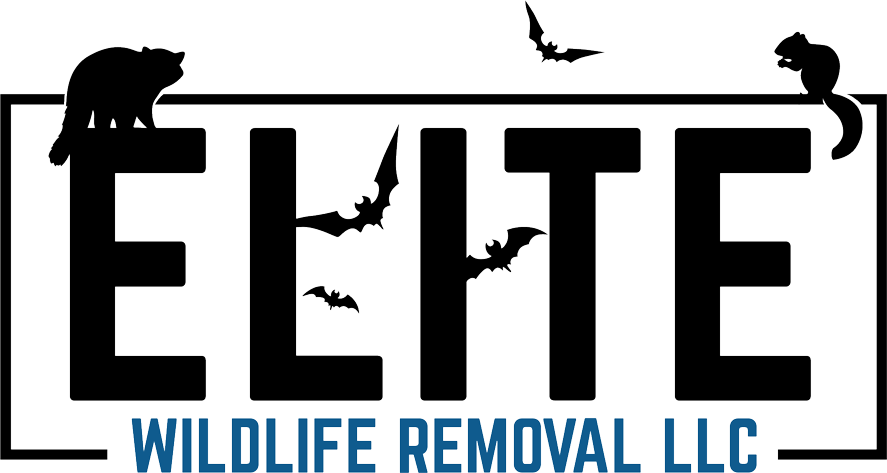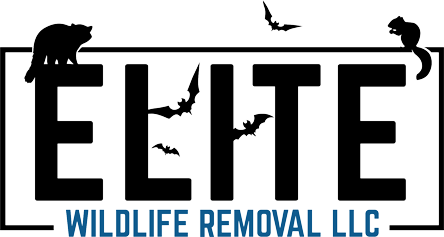Why Some Houses Are Wildlife Magnets
Wildlife Nesting in Your Home
Some homes seem to have a mysterious ability to attract wildlife, almost like an open invitation for critters to move in. Maybe it's raccoons setting up shop in the attic, squirrels chewing through soffits, or skunks burrowing under the porch. While it might feel like bad luck, there’s a reason certain houses are more appealing than others to wildlife. The truth is, animals aren’t choosing homes at random. They’re looking for food, shelter, and safety, and if your house happens to offer all three, you can bet they'll take full advantage.
So, what is it about certain homes that makes them irresistible to wildlife? Let’s take a closer look at why some houses turn into hotspots for unwanted guests—and what can be done to change that.
A Buffet In The Backyard
If an animal finds a steady food supply near your home, chances are it won’t be in any hurry to leave. Wildlife isn’t picky—they’ll feast on whatever is available, from pet food left on the porch to unsecured trash cans, birdseed, or even fallen fruit from backyard trees. And once they get a taste of easy meals, they’ll keep coming back for more.
It’s not just the obvious food sources that attract them, either. Compost piles, barbecue grease traps, and even leftover crumbs from an outdoor meal can lure hungry animals in. Raccoons, opossums, and rats are particularly drawn to garbage, while deer and rabbits may find your vegetable garden too good to pass up. The problem is, once these animals associate a home with a reliable food source, they often start looking for shelter nearby—which is where the real trouble begins.
Warm, Cozy, And Just Right
When the weather turns cold, wild animals need a place to stay warm. A home with easy access points becomes the perfect refuge. Attics, crawl spaces, chimneys, and even gaps under decks offer the kind of protection wildlife craves. Small openings around vents, loose siding, or gaps in the foundation are all fair game for animals looking for a cozy spot to call home.
Squirrels are notorious for chewing their way inside, creating entry points where none existed before. Birds, including starlings and pigeons, often nest in chimneys or vents, while bats can slip through gaps as small as half an inch. If an animal finds a warm, hidden place in or around a house, it's not just going to stick around—it’s going to settle in and potentially raise a family. And once that happens, getting rid of them becomes a much bigger challenge.
The Perfect Nesting Spot
Some homes offer the ideal conditions for nesting, especially during the spring and summer months when animals are raising their young. Overgrown shrubbery, thick ivy, and piles of wood or debris in the yard all provide great cover for wildlife. A backyard that isn’t well-maintained can quickly become a breeding ground for animals looking to build a nest or den.
Chimneys without proper caps can turn into prime nesting sites for birds, while attics become nurseries for raccoons and squirrels. If an animal finds a quiet, undisturbed place to raise its young, it’s going to stay for the long haul. And once those babies grow up, they may come back to the same house year after year, bringing their own young with them.
Just like food and shelter, water is essential for survival, and a property with a consistent water source is going to attract all kinds of wildlife. Birdbaths, ponds, leaky outdoor faucets, or even clogged gutters that hold standing water can draw animals in.
Rodents, in particular, need a water source to survive, and if they find one near your home, they’ll likely start looking for shelter nearby. Mosquitoes and other insects are also drawn to standing water, which in turn attracts animals that feed on them. Even something as simple as a dripping hose or a poorly drained yard can create an environment where wildlife feels right at home.
A Lack Of Human Presence
Some houses naturally attract wildlife simply because they don’t have a lot of human activity. Seasonal homes, vacation properties, or houses with large, wooded yards can become safe havens for animals looking to avoid predators and people. If a home is rarely occupied or sits empty for long periods, it becomes even more appealing.
Wildlife is incredibly observant. If an animal senses that a property is quiet, with little foot traffic or movement, it’s more likely to move in without hesitation. Even in a regularly occupied home, certain areas—like attics, crawl spaces, and sheds—can remain undisturbed long enough for animals to settle in unnoticed. By the time signs of an infestation appear, the problem may already be out of control.
Once wildlife makes itself comfortable in a home, getting them out can be tricky. Simply shooing them away won’t work if the conditions that attracted them in the first place are still there. The best way to keep wildlife from becoming long-term tenants is to make the home less appealing in the first place.
Sealing entry points, securing food sources, and reducing water availability can go a long way in preventing unwanted guests. Trimming back overgrown vegetation and keeping the yard free of debris also makes a home less inviting. And for homes that have already been taken over by wildlife, professional removal is often the safest and most effective solution.
That’s where Elite Wildlife Removal comes in. Whether it’s raccoons in the attic, squirrels in the walls, or bats in the chimney, our team knows how to handle even the toughest wildlife problems. At Elite Wildlife Removal, we don’t just remove the animals—we help make sure they don’t come back. If you’re dealing with an unexpected wildlife invasion, make sure to contact us today. We’ll take care of the problem so you can get back to enjoying your home—without uninvited guests.
All Rights Reserved | Elite Wildlife Removal


